The work environment has significantly changed in terms of how we work, where we work from, and remaining productive outside of the office. The goal here is to take you through what remote virtual desktop solutions are, why customers are interested it, & what is required to deploy this solution.
What is a Remote Virtual Desktop Service or Solution?
A Remote Virtual Desktop Solution is a Managed Secure Cloud Desktop Service. Today users might be using PC’s where local CPU, memory and disk resources are used to run windows OS. With a remote virtual desktop service, these resources are running in the cloud and streamed to your device over the internet. The devices we’re referring to can be an existing PC tablet, thin client, smart phone, etc. Local resources of these devices no longer must do the heavy lifting of offering windows desktops because they are now streamed over the internet where a wide variety of devices can be offered.
Three Benefits of Remote Virtual Desktop Services
- Reduces Hardware Costs versus traditional PC purchases
Users can reuse their existing hardware assets and use them for much longer than they were previously able to. Because your critical resources are being brought from the Data center, you don’t need as many resources on your local hardware because you’re leveraging a cloud infrastructure. This means you can use your hardware assets for much longer than you previously could have.
It wasn’t long ago that you had to build out a configuration for your local desktop or PC’s that could handle all the data your business requires daily. The configurations probably required significant CPU & memory which greatly increases the cost of ownership. Now, you can use much less expensive hardware such as thin clients, chrome books, or existing PCs that have been repurposed. Again, this is because you’re leveraging cloud resources and not local resources to run your business.
- Improved Security & Data Protection
If you’re using mobile PC’s, users store sensitive information on local storage or bring your own (BYOD) devices. This doesn’t happen anymore when using virtual desktops even if they’re being used on your mobile phone as its now stored in the cloud. If your device is lost or stolen, sensitive information is still protected. Leveraging a cloud architecture has many benefits and increased security is an attractive one.
- Increased Mobility & Flexibility
You can now work from anywhere with a remote virtual desktop solution; all you need is an internet connection. There’s no need to be in the office to remain productive, you can jump on virtual desktop and all you need is a virtual desktop shortcut on your desktop or a browser that can be pointed to a virtual desktop URL. A remote virtual desktop solution also has a built in Disaster Recovery feature; if you lose your device or your device failed, then you don’t have to worry about getting it working to be up and running. You can simply use another device and have access to all of your critical files and applications.
What are my choices and what will I need?
- Select a virtual desktop configuration
By default, we offer 2 vCPU, 4 GB of RAM, and 60GB of free disk space desktop. Also keep in mind that virtual desktops do not require the same amount of bandwidth that physical do. Because it’s run out of the cloud, you can use a smaller configuration when using virtual compared to physical.
You aren’t required to go with the default desktop that a provider offers, these can be fully customizable to meet the needs of your users and business as it scales.
- An internet connection
The next thing you need is an internet connection. As an example, a 100-person office can get away with using as little as a 50Mb/s connection. This can obviously be tailored to grow or shrink depending on the size of your business.
For an additional security precaution, high availability options are also something to consider. If you’re only using 1 Internet Service Provider (ISP) in your office and decide to move to a remote virtual desktop solution, you can consider adding a second ISP with a firewall technology which gives high availability. In the event that one provider fails, the other provider becomes immediately available and it’s transparent to the users.
- Licensing
One more item to consider is that you no longer have to purchase windows desktop licensing which can add significant costs as users increase. Licensing is now provided to you and you can easily add licenses as you grow.
You’re also not tasked with the responsibility of backing up each individual desktop as the remote Virtual Desktop service includes backup windows that are determined based on your business demands. Further adding to the data protection aspect of your virtual desktops, anti-virus is also included by your solution provider so there’s no need to purchase licensing, anti-virus, or windows desktop licensing.
The only thing that is required on the user end is installing their applications on their virtual desktop. If your using proprietary applications, Microsoft office, etc., you will just need to install them within your virtual desktop the same way you initially did on your local PC.
What does the pricing model look like?
Pricing is fixed so you won’t be surprised by a pricing change when business needs change. You’ll work directly with a solution provider to determine your required configuration and receive a fixed price that will let you budget for all of your employees needs. The traditional way of hiring new employees and having to fork out money for expensive PC’s and resources are gone!
How to get started Calculate how many desktops and what configurations you need. If you think this might be a fit but aren’t sure, we’ll provide you a Virtual desktop to demo at no cost so that you can get the feel of how a virtual desktop works and realize the benefits of leveraging a cloud infrastructure. If you’re unsure of how many desktops you need and what configuration is required, just reach out to us here or email us at sales@virtuitsystems.com and we’d be happy to help!


